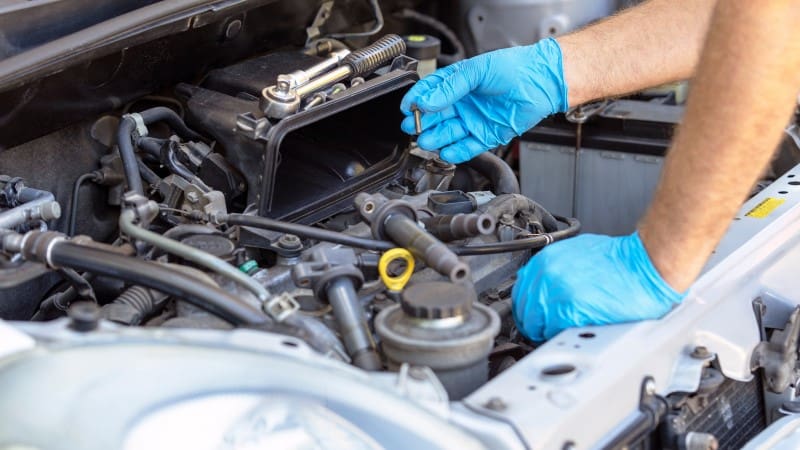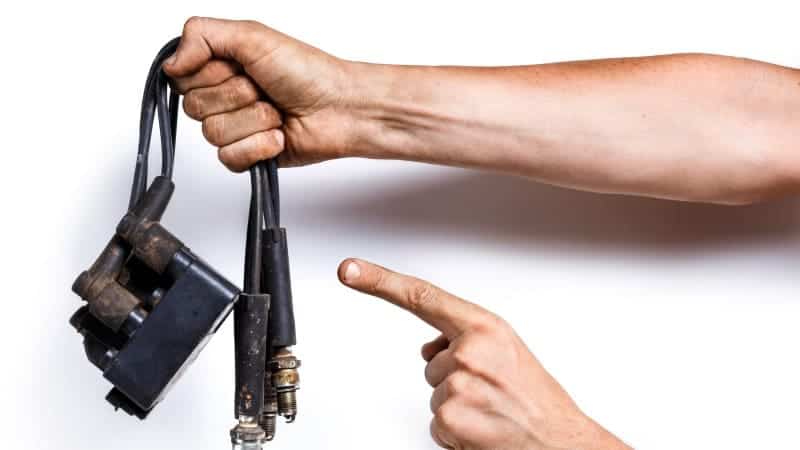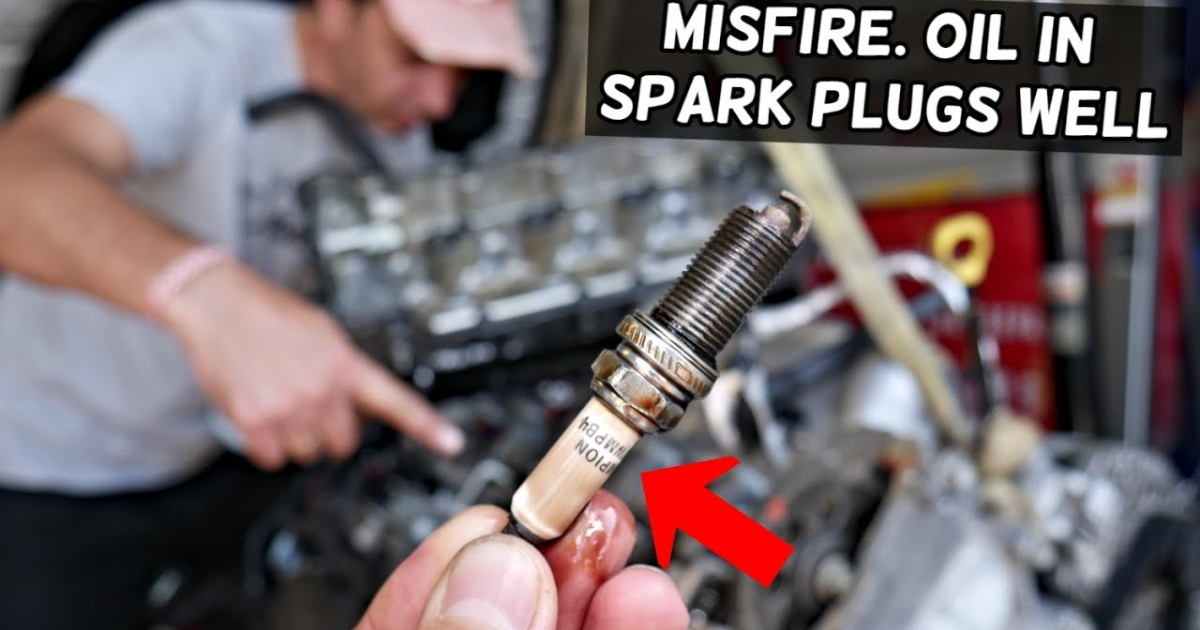A vehicle’s electronic ignition system is controlled by the metal components known as ignition coils. Thus, serious mechanical and performance issues could develop in your vehicle if the ignition coil isn’t working properly.
Most often, a stalled engine, trouble starting the automobile, or a decrease in power while driving are signs of a faulty ignition coil. These signs and symptoms can be mistaken for those of other engine issues. Consequently, it is imperative that we are able to identify a defective ignition coil.

What Ignition Coils Are Used For?
The ignition coil of a car is a transformer that takes the low voltage from the battery and turns it into a high enough voltage to ignite the gasoline and turn the engine starter.
To further, an ignition coil is an electrical device with a metal core and two wire coils wound around it. The secondary coil in an automobile contains a lot more turns than the primary coil since it is a step-up transformer.
The secondary coil charges the primary coil to a greater voltage than the 12 Volts supplied by the car battery by frequently interrupting the electric current as it goes from the battery to the primary coil. This creates a powerful magnetic field.
In contrast to the old arrangement, which relied on a distributor to transfer power, the engine computer now commands the coils to fire the spark plugs directly.
In modern vehicles, sensors and ignition modules communicate with the vehicle’s ECU to manage the coil current opening and closing. To keep track of the spark plug sequence, modern cars also include timing lights.

Ignition Coil Problems and Their Signs
Ignition coils manage one of the most fundamental functions of an automobile, as mentioned earlier. In order to fix ignition coil problems quickly, drivers need be aware of the signs and reasons of coil malfunction. Some of the warning signals that your ignition coil is going to die are these.
- Hard Starts
- Check Engine Light is Turned On
- Misfiring Engine
- Poor Gas Mileage Control
- Backfires
- Diminishing Power Output
- Oil Leaks
Ignition Coil Testing Procedure
Thorough and risky ignition coil testing is essential. If you suspect an issue with your ignition coil, carefully follow these procedures.
- Before opening the hood, wait until the car has cooled down if it is running. Before proceeding, it is recommended that you have your toolbox on hand.
- Before opening the hood, disconnect the battery’s negative terminal to prevent electrocution. In low light, locate the terminal with your under-hood work light.
- Locate the engine’s ignition coils and unscrew the nuts that secure them.
- Refer to your vehicle’s handbook for the ideal voltages for the main and secondary windings.
- First, hook up the positive and negative ends of your multimeter to the appropriate ends of the primary winding’s coil. This will allow you to test the winding before anything else.
- Make sure the values you get from the multimeter match up with the values that are suggested in the user manual.
- The coil was open if the reading was higher than the recommended range and short-circuited if the value was zero.
- Connecting the relevant terminals to the multimeter, you can now test the secondary winding of your ignition circuit in the same way. Verify the results you obtain with the ones provided in the instructions to determine if there was a malfunction.
There is no way to determine which ignition coil is faulty unless you test each one individually if your vehicle has more than one.
Ignition coils often fail due to spark plugs, while they can also show good readings despite physical damage and compromised insulation. So, before you go buying new coils, make sure you check all the other components to find out why the ignition coils keep failing.
See if the ohmmeter readings for the spark plugs are within the acceptable range by consulting the user handbook for the recommended resistance ratings. Be sure the spark plug wires are in the right place and in the right order.
Changing the Ignition Coils
Your car will suffer damage if you run it with a defective ignition coil. When your coil stops working, just follow these procedures to get a new one.
- Take safety precautions
- Remove the coils
- Test Each Ignition Coil
- Install the New Coils
Conclusion
A car’s ignition coil is a crucial electromagnetic mechanism that increases the voltage from 12 volts from the battery to about 100,000 volts. In order for the engine to ignite and burn gasoline, the voltage must be 100,000V, which is more than enough to power the spark plugs and ignite the engine cylinders. When the ignition coils are malfunctioning, it can cause major difficulties with how the car runs.
It is crucial for car owners to be vigilant in recognizing any signs of a malfunctioning ignition coil. Engine backfires, poor mileage management, rough starts, and misfires are all signs of this problem.
Changing the ignition coil is a breeze, as said before. Avoid more serious issues with your vehicle by taking action now. As soon as you notice the above symptoms, fix it.




